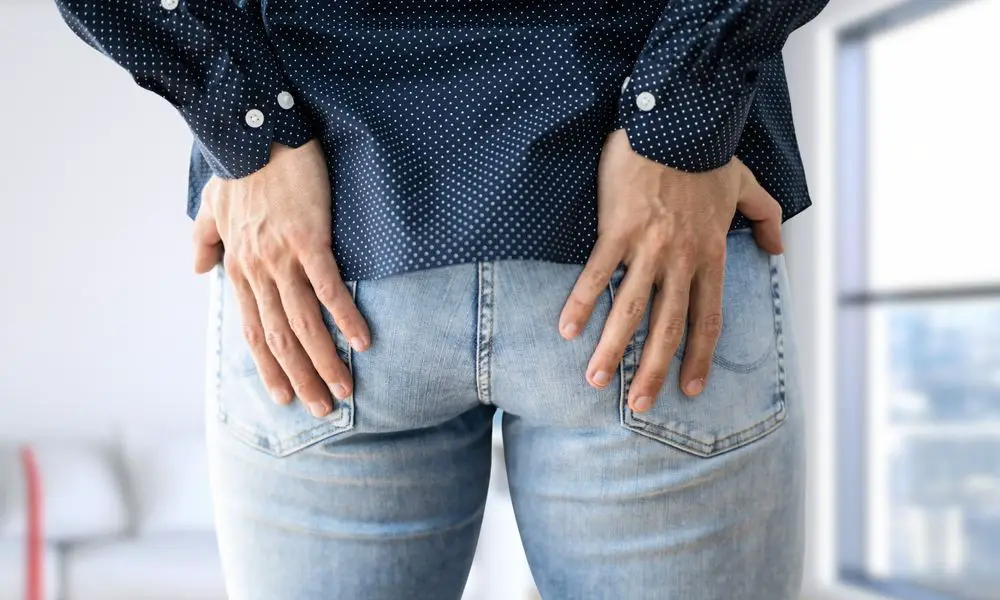Keratosis Pilaris in Dry Seasons: Beauticians Guide to Management
As a beautician, understanding skin conditions like keratosis pilaris is crucial, especially when they become more pronounced during certain times of the year. Keratosis pilaris, often referred to as 'chicken skin', is a common, harmless skin condition. It manifests as small, hard bumps on the skin, typically on the arms, thighs, cheeks, or buttocks. These bumps are caused by an excess buildup of keratin, a protein that protects the skin from infections and other harmful things. In dry seasons, the skin's moisture levels drop, exacerbating this condition and making the bumps more noticeable.

Why Dry Seasons Worsen Keratosis Pilaris
The primary reason keratosis pilaris flares up during dry seasons is the lack of humidity in the air, which strips the skin of its natural moisture. This condition thrives on dry, flaky skin, as the lack of moisture makes it easier for keratin to clog the hair follicles, leading to the characteristic bumps. When advising clients, it's important to emphasize the importance of moisturizing and maintaining a proper skincare routine during these seasons to prevent the condition from worsening.
Effective Skincare Routine for Keratosis Pilaris
As professionals in the beauty industry, recommending an effective skincare routine is essential for managing keratosis pilaris in dry seasons. Here are some steps to consider:
Gentle Exfoliation
Regular exfoliation can help remove dead skin cells and prevent the buildup of keratin. Recommend products that contain gentle exfoliants, such as alpha hydroxy acids (AHAs) or beta hydroxy acids (BHAs), which can help unclog pores without irritating the skin. It's important to advise clients to avoid over-exfoliating, as this can further irritate the skin and worsen the condition.
For more information about exfoliating products, you can read about exfoliating products for butt keratosis pilaris.
Moisturizing
Moisturizing is a critical step in managing keratosis pilaris. Recommend thick, emollient creams or lotions that contain ingredients like glycerin, urea, or lactic acid. These ingredients help hydrate the skin and prevent moisture loss, keeping the skin soft and reducing the appearance of bumps.
Use of Humidifiers
Encourage clients to use humidifiers in their homes during dry seasons to add moisture to the air. This can help maintain the skin's hydration levels and prevent the worsening of keratosis pilaris.
Additional Tips and Considerations
Beyond skincare products, there are lifestyle changes and considerations that can help manage keratosis pilaris:
Avoid Hot Showers
Hot water can strip the skin of its natural oils, leading to dryness. Advise clients to use lukewarm water when bathing and to limit the time spent in the shower.
Clothing Choices
Recommend wearing soft, breathable fabrics to minimize irritation on the affected areas. Tight clothing can rub against the skin and exacerbate the condition. Learn more about the best clothing materials for KP-affected skin.
Consistent Routine
Consistency is key. Encourage clients to stick to their skincare routine even when they notice improvements, as keratosis pilaris is a chronic condition that can easily return if neglected.
Debunking Myths About Keratosis Pilaris
It's essential to address common misconceptions about keratosis pilaris to better educate your clients:
It's Not Contagious
Reassure clients that keratosis pilaris is not contagious. It is a genetic condition that is often inherited, and it cannot be spread from person to person.
There's No Cure
While there is no cure for keratosis pilaris, it can be effectively managed with proper skincare and lifestyle adjustments. It's important to set realistic expectations for clients and emphasize the goal of reducing symptoms rather than seeking a permanent cure.

Frequently Asked Questions
Q1: Can keratosis pilaris go away on its own?
A1: Yes, keratosis pilaris can improve with age and may go away on its own, but it often requires consistent management, especially during dry seasons.
Q2: Is keratosis pilaris related to diet?
A2: While diet does not directly cause keratosis pilaris, maintaining a balanced diet rich in vitamins and antioxidants can improve overall skin health.
Q3: Are there any medical treatments for keratosis pilaris?
A3: Dermatologists may recommend treatments such as topical retinoids or laser therapy for more severe cases. However, these treatments are usually not necessary for mild cases. For more information about laser treatments, check out our article on laser treatment for KP.
For further reading on keratosis pilaris, consider visiting trusted sources like the Mayo Clinic.

